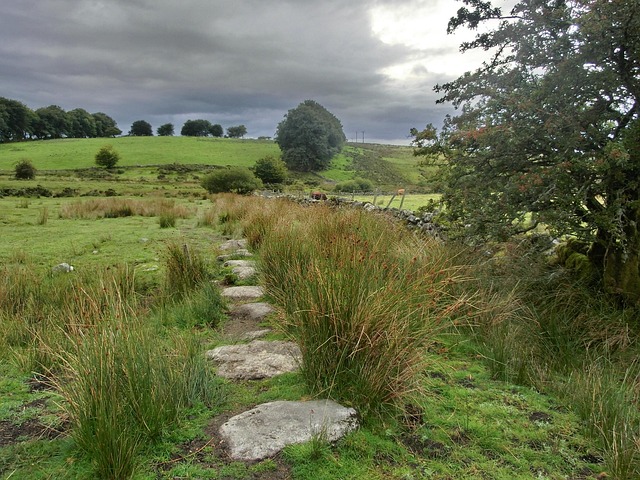On 22 November 2023, the 46 Areas of Outstanding Natural Beauty (AONBs), spanning across England, Wales, and Northern Ireland, have undergone a transformation. They are now rebranded as ‘National Landscapes’. This change aligns with ambitious goals to contribute significantly to the international ‘30 by 30’ commitment, which aims to conserve a minimum of 30% of land and sea for biodiversity by 2030.
The new name reflects the national significance of these areas, emphasising their vital role in protecting the nation from climate change, biodiversity loss, and the wellbeing crisis. It also aims to raise awareness of their crucial contributions.
This shift represents a significant milestone for the UK, advancing the vision for National Landscapes to become leading examples of thriving, diverse communities working in harmony with nature. These areas are tasked with restoring ecosystems, providing food, sequestering carbon, and mitigating climate change impacts while nurturing people’s health and wellbeing.
National Landscapes teams have long been at the forefront of delivering natural solutions to the nation’s challenges. The rebrand underscores their commitment to intensifying efforts and engaging a broader audience. Since 2019, teams have set ambitious targets for nature conservation and continue striving to meet them.
By 2030, National Landscapes aim to achieve several milestones within their boundaries:
- Restoring at least 200,000 hectares of valuable natural areas that are Sites of Special Scientific Interest (SSSIs).
- Creating or restoring 100,000 hectares of wildlife-rich habitat outside of SSSIs
- Planting or regenerating 36,000 hectares of woodland
Additionally, National Landscape Partnerships will focus on habitat restoration to protect endangered species and enhance public enjoyment of these beautiful places.
Due to their extensive coverage and diverse ecosystems, National Landscapes are well-positioned to address the UK’s environmental challenges. Encompassing moorland, farmland, coastlines, forests, and including UNESCO World Heritage Sites, they serve as the UK’s accessible countryside. Approximately 66% of people in England (44 million) live within a 30-minute radius of a National Landscape, attracting at least 170 million visitors annually.





